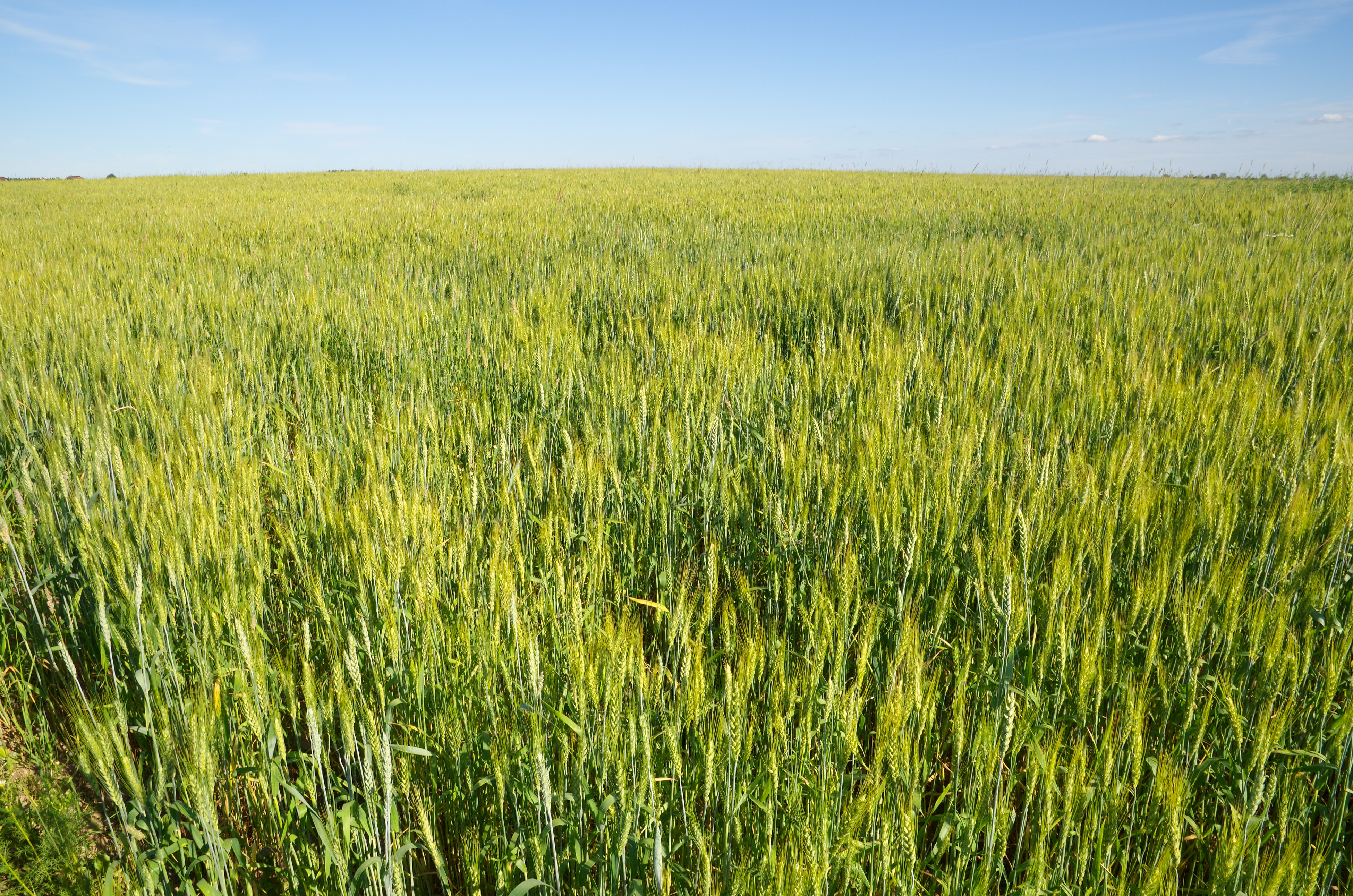Merci !
Nous avons bien reçu votre demande d'inscription et nous vous enverrons un e-mail dans les plus brefs délais, pour confirmer votre adresse e-mail.
Veuillez terminer l'enregistrement en cliquant sur le lien dans cet e-mail.
Politique de confidentialité
L’administrateur de vos données à caractère personnel est LAT Nitrogen Austria GmbH, (gdpr@lat-nitrogen.com). Les informations détaillées relatives au traitement des données à caractère personnel sont consultables dans notre politique de confidentialité. Ces informations vous seront également communiquées dans l’e-mail de confirmation d’inscription à notre newsletter.
Veuillez confirmer que vous avez lu et accepté notre politique de confidentialité et nos conditions générales d'utilisation avant de continuer.
Comment pouvons-nous encore vous aider ?
Nous serions heureux de vous envoyer par e-mail des informations sur nos activités, nos meilleures offres et actualités relatives à nos produits et services. Nous traiterons vos données à caractère personnel avec le plus grand soin. Nous ne vendrons jamais vos données à des parties tierces. En cochant les cases ci-dessous, vous confirmez votre accord pour recevoir des communications à des fins de marketing de la part de LAT Nitrogen Austria GmbH.
Vous pouvez changer d’avis à tout moment en cliquant sur le lien pour vous désabonner au bas de notre newsletter ou dans tout autre e-mail que vous recevez de notre part, ou en nous contactant à l’adresse gdpr@lat-nitrogen.com.
Merci !
Nous avons bien reçu votre demande d'inscription et nous vous enverrons un e-mail dans les plus brefs délais, pour confirmer votre adresse e-mail.
Veuillez terminer l'enregistrement en cliquant sur le lien dans cet e-mail.
L'inscription a échoué.
Votre e-mail est déjà enregistré
ou il y a eu une erreur de serveur.






Semis précoce: 180-200
grains / m2
Semis tardif: 250-280
grains / m2

Le triticale est le
résultat d'un croisement entre le blé et le seigle (Triticum x Secale).
L’intention est de combiner la rusticité du seigle, sa nature peu exigeante et
sa résistance aux maladies au potentiel de rendement du blé. Sur les sols moins
fertiles, le seigle est plus avantageux grâce à son bon système racinaire. Le
triticale est moins sensible que le blé à l'acidité du sol et à une carence en
micronutriments. Le plein potentiel de rendement nécessite une bonne
alimentation en nutriments et en eau. Le triticale est principalement cultivé
dans des endroits où le climat est mauvais. Il est principalement utilisé comme
fourrage mais est également mélangé à de la farine de blé et de seigle pour
l'alimentation humaine. Alternativement, il peut être utilisé comme ensilage de
culture entière pour la production de biogaz.
Fertilisation NPK + S pour un démarrage optimal de la croissance au printemps.
Les engrais base nitrique sont les mieux adaptés pour une fertilisation efficace.
Le triticale est sensible à la carence en cuivre, manganèse et zinc.
La demande en qualité de sol se situe entre celle du seigle et du blé.
Le triticale est semé
entre la mi-septembre et la mi-octobre. En raison de sa vulnérabilité aux
maladies et au fusarium, il est préférable de le planter après les plantes à
feuillage. Le triticale est également souvent cultivé après le blé. Afin de
réduire le risque de fusariose sur épis, un travail du sol accélérant la décomposition
des résidus de culture est bénéfique.
La fertilisation est
calculée en fonction des nutriments exportés à la récolte. Le triticale a un
besoin moyen de cuivre, de manganèse et de zinc, fourni soit par la première
fertilisation, soit par une fertilisation foliaire combinée avec les premières
mesures de protection des plantes au printemps.
(unité/t de récolte)
(unité/t de récolte)
N
22
17
Sensible
P₂O₅
11
8
Sensible
K₂O
21
6
Très sensible
MgO
4
2
Sensible
SO₃
9
5
Sensible
TE
Le tableau montre les besoins et exportations des nutriments par tonne de rendement en grains. Pour atteindre un rendement de 7 tonnes, 154 kg d'azote sont nécessaires. Selon les propriétés du sol et la culture précédente, 30 à 60 kg d'azote sont fournis par le sol. 95 à 125 kg d'azote doivent être fertilisés.
Le tableau montre
l’assimilation des nutriments par la plante et les exportations par tonne de
récolte.
Exemple : le triticale, avec
une cible de production de 7 t/ha, absorbe 154 kg N/ha. Selon les propriétés du
sol et la culture précédente, 30 à 60 kg d'azote sont fournis par le sol. 95 à
125 kg d'azote doivent être fertilisés.
Première fertilisation azotée au printemps

Deuxième fertilisation N

Troisième fertilisation N

Les besoins en azote dépendent du potentiel de rendement, de la variété et de la fourniture en azote du sol en sortie hiver. Environ 40% de l'azote est nécessaire en reprise de végétation. Un maximum de 70 kg N / ha est appliqué au début du printemps. C'est aussi le moment approprié pour la fertilisation P, K et S. Par conséquent, l'utilisation d'un engrais COMPLEX est recommandée (50kg SO3 / ha). La première fertilisation azotée augmente le tallage et permet d'atteindre un nombre élevé de grains.
Trouvez l'engrais le mieux adapté à vos conditions avec NutriGuide®.
La deuxième fertilisation à montaison correspond à 35 à 40% du besoin total en N. Généralement, 60 kg N / ha sont appropriés et servent à stabiliser le nombre de talles et la formation de l’épis.
La dose appliquée avant l’épiaison (20 à 25% des besoins totaux en N) n'est fournie que pour des hauts rendements et améliore le remplissage des grains.
LAT Nitrogen France Services S.A.S.
Tour Ciel, 20 Ter Rue de Bezons,
92400 Courbevoie, France